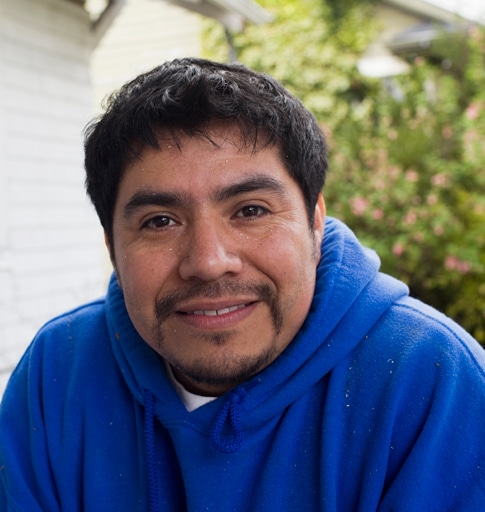A Future for the Latino Church: Models for Multilingual, Multigenerational Hispanic Congregations
by Daniel A. Rodriguez
IVP Academic, P.O. Box 1400, Downers Grove, IL 60515, 200 pages, 2011, $19.00.
—Reviewed by Diana E. Barrera, Southeastern Spanish District of Assemblies of God, Orlando, Florida.
Transition and accommodation of two cultures are old problems dating back to Moses (who was Egyptian born and raised, but served the Hebrews) and the early Church (Acts 6:1). There is a bright future for the North American Christian community if Latinos of first, second, and third generations would understand how beneficial it is to be a multilingual, multigenerational, and multiethnic group in the midst of a society made up of several hundred people groups from different parts of the world.
Although Latinos are the oldest group to settle the United States, throughout history they have been marginalized because they didn’t represent the group with economic and political power. Today, Latinos constitute the biggest minority with all the political and economical implications this implies. For the last two decades the U.S. has had the third largest Spanish-speaking population in the world.
A Future for the Latino Church is a profound book based on case studies that articulate the identity struggle which exists among American-born Latinos/Hispanics in the U.S. The difficulty is not only based on their place of origin, but also on the multigenerational differences that exist between grandparents and grandchildren. It is essential to understand the differences between foreign and American-born Latinos. That said, native-born Latinos act in similar ways (“sentir”; how they feel, worldview that lead to compassion) as foreign Latinos do. There is a culture legacy and an assimilation trend for American-born Latinos.
American-born Latinos are outpacing immigration. It is extremely valuable for Christian leadership to see the benefits of Latino churches that show their compassion as they share their faith. This book explores the role and place of America-born, English-speaking Latinos and both American and Latino society’s response to them.
The last three chapters of the book are particularly relevant and impactful. Having first and third-generation Latinos is an asset for the mission work in the U.S. and worldwide. Daniel Rodriguez outlines the way American-born Christian Latinos and churches are impacting their local English-speaking barrios. They are the halfway point for both cultures.
The book’s target audience is church leaders, both Latino and American. The author, a third-generation Mexican, clearly understands the theology of diaspora. This book offers a unique and insightful perspective on an often-overlooked, but growing group with enormous potential for the American Church.
Check these titles:
Costas, Orlando. 1982. Christ outside the Gate: Mission beyond Christendom. Maryknoll, N.Y.: Orbis.
Sanchez, Daniel R. 2006. Hispanic Realities Impacting America: Implications for Evangelism & Missions. Fort Worth, Tex.: Church Starting Network.
….
EMQ, Vol. 48, No. 2, pp. 240-241. Copyright © 2012 Evangelism and Missions Information Service (EMIS). All rights reserved. Not to be reproduced or copied in any form without written permission from EMIS.



